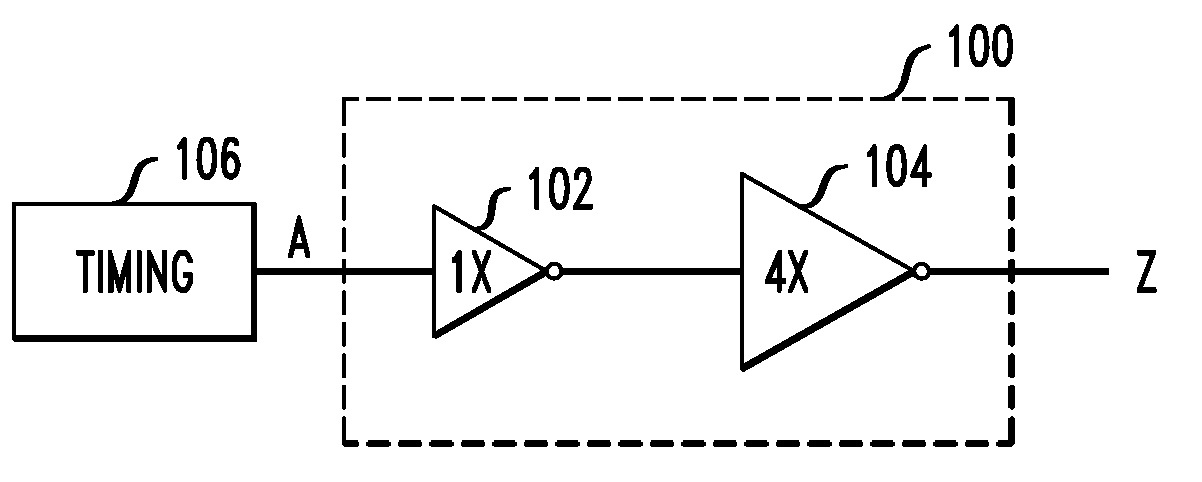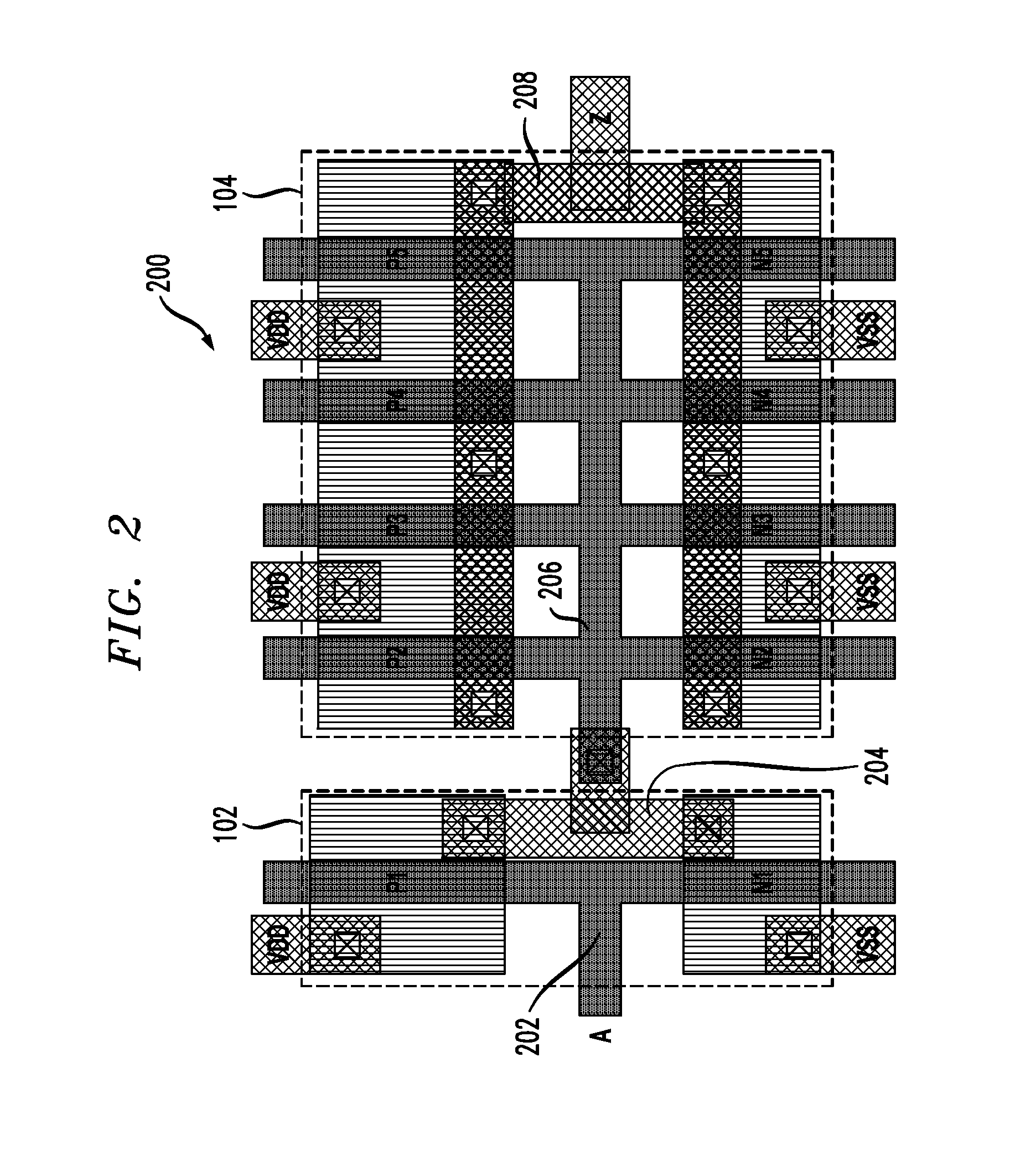Fine-grained Clock Skew Tuning in an Integrated Circuit
a clock skew and integrated circuit technology, applied in the field of electrical, electronic and computer arts, can solve problems such as unpredictability of the circuit, invalidation of the previous data waiting, and “setup violation”
- Summary
- Abstract
- Description
- Claims
- Application Information
AI Technical Summary
Benefits of technology
Problems solved by technology
Method used
Image
Examples
Embodiment Construction
[0020]The present invention will be described herein in the context of illustrative clock skew balancing and / or correction architectures. It should be understood, however, that the present invention is not limited to these or any particular clock skew balancing and / or correction circuit arrangements. Rather, the invention is more generally suitable for use in any circuit application in which it is desirable to provide improved performance, at least in terms of avoiding clocking-related problems such as clock skew, and the accompanying violation of setup and hold times associated therewith. In this manner, techniques of the present invention provide fine-grained clock skew balancing in an IC without increasing power consumption and OCV, and without impacting chip floorplan or changing chip-level routing.
[0021]Embodiments of the present invention thus offer significant advantages over conventional clock skew balancing and / or correction methodologies. Moreover, it will become apparent ...
PUM
 Login to View More
Login to View More Abstract
Description
Claims
Application Information
 Login to View More
Login to View More - R&D
- Intellectual Property
- Life Sciences
- Materials
- Tech Scout
- Unparalleled Data Quality
- Higher Quality Content
- 60% Fewer Hallucinations
Browse by: Latest US Patents, China's latest patents, Technical Efficacy Thesaurus, Application Domain, Technology Topic, Popular Technical Reports.
© 2025 PatSnap. All rights reserved.Legal|Privacy policy|Modern Slavery Act Transparency Statement|Sitemap|About US| Contact US: help@patsnap.com



